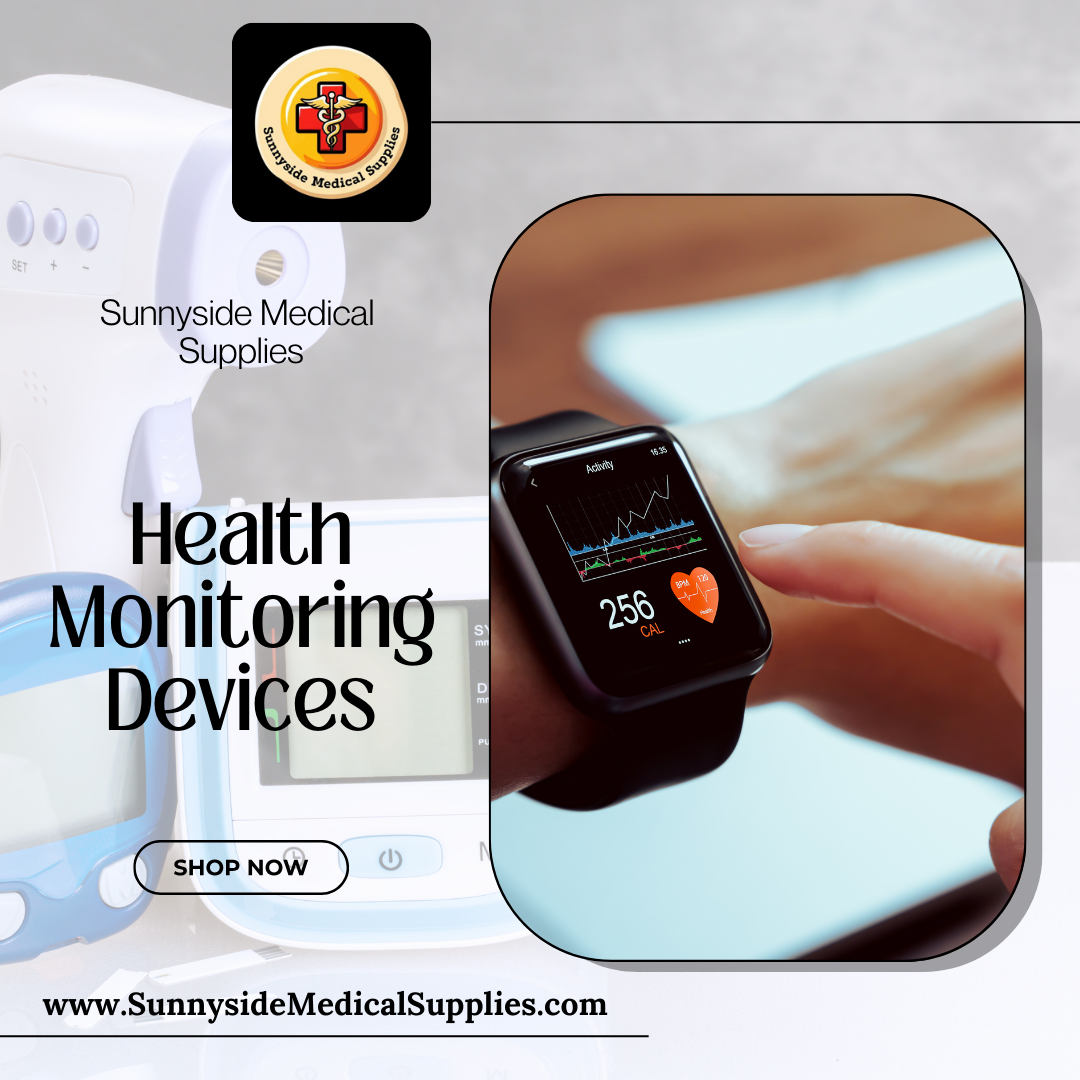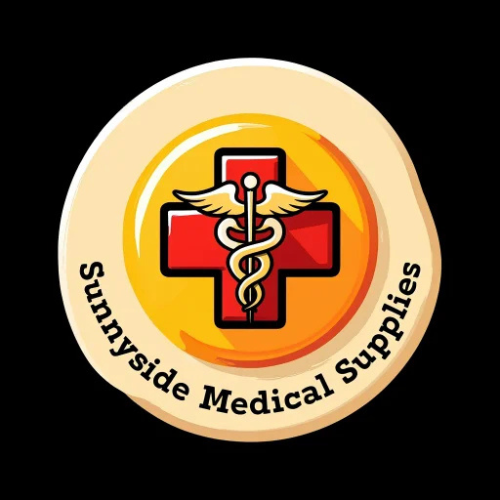
Essential Medical Equipment for Everyday Care
Staying healthy and safe at home has become more important than ever. Having the right medical equipment on hand is no longer something reserved only for hospitals or clinics—it’s now a practical part of everyday life. More and more households are realizing that being prepared with reliable tools not only provides peace of mind but also helps manage both minor and more serious health needs without unnecessary trips to the doctor. From keeping track of vital signs to offering support for mobility, these items create a sense of security and readiness for the unexpected.
Medical equipment at home can be thought of as an extension of personal healthcare. It empowers families to take charge of their well-being, whether that means monitoring chronic conditions, assisting an aging parent, or responding quickly to accidents. By keeping essential tools nearby, you create a safer environment and a more confident approach to daily health care.
One of the most common and valuable categories of equipment is monitoring devices. Tools such as blood pressure monitors, glucose meters, and digital thermometers allow individuals to keep a close eye on vital signs. These are especially helpful for people managing long-term conditions like diabetes or hypertension, since they provide day-to-day updates on how the body is doing. With technology becoming smarter, many modern devices even sync with apps, making it simple to track progress over time or share information directly with a healthcare provider. Consistently using monitoring equipment can turn health care into a proactive routine rather than something reactive.
Another important group of essentials is mobility aids. Items such as canes, walkers, and wheelchairs are not just practical tools; they represent independence and freedom. For seniors, people recovering from surgery, or anyone with mobility challenges, these aids can restore confidence and reduce the risk of falls or injuries. Today’s designs are lighter, adjustable, and easier to use, meaning they can be tailored to an individual’s specific needs. With the right mobility equipment, everyday activities—like moving from room to room, going outdoors, or even running errands—become manageable and safer.
Alongside monitoring and mobility, comfort and long-term care equipment also plays an essential role. Hospital-style beds, therapeutic cushions, and supportive braces are designed to make recovery less stressful and more effective. Adjustable beds or recliners, for example, can help a patient find the right position for rest, reducing discomfort and preventing complications like pressure sores. Supportive braces can ease strain during recovery, helping the body heal properly. These tools create an environment where healing is supported and where caregivers can provide better care with less physical strain.
Finally, no home is truly prepared without first aid supplies. Cuts, burns, scrapes, or unexpected accidents happen in every household, and having a well-stocked first aid kit makes all the difference. Basic supplies like bandages, antiseptic wipes, and wound dressings are essential for quick care. More complete kits may include gloves, splints, and other tools that are invaluable during emergencies. Whether at home, at work, or while traveling, first aid kits are a simple but powerful way to ensure immediate care is always within reach.
In the end, medical equipment essentials go far beyond convenience—they bring peace of mind, safety, and confidence into everyday life. With the right tools for monitoring health, supporting mobility, aiding recovery, and responding to emergencies, families are better equipped to handle whatever comes their way. Investing in these essentials is not just about being prepared for emergencies—it’s about building a foundation for healthier living, day in and day out.
